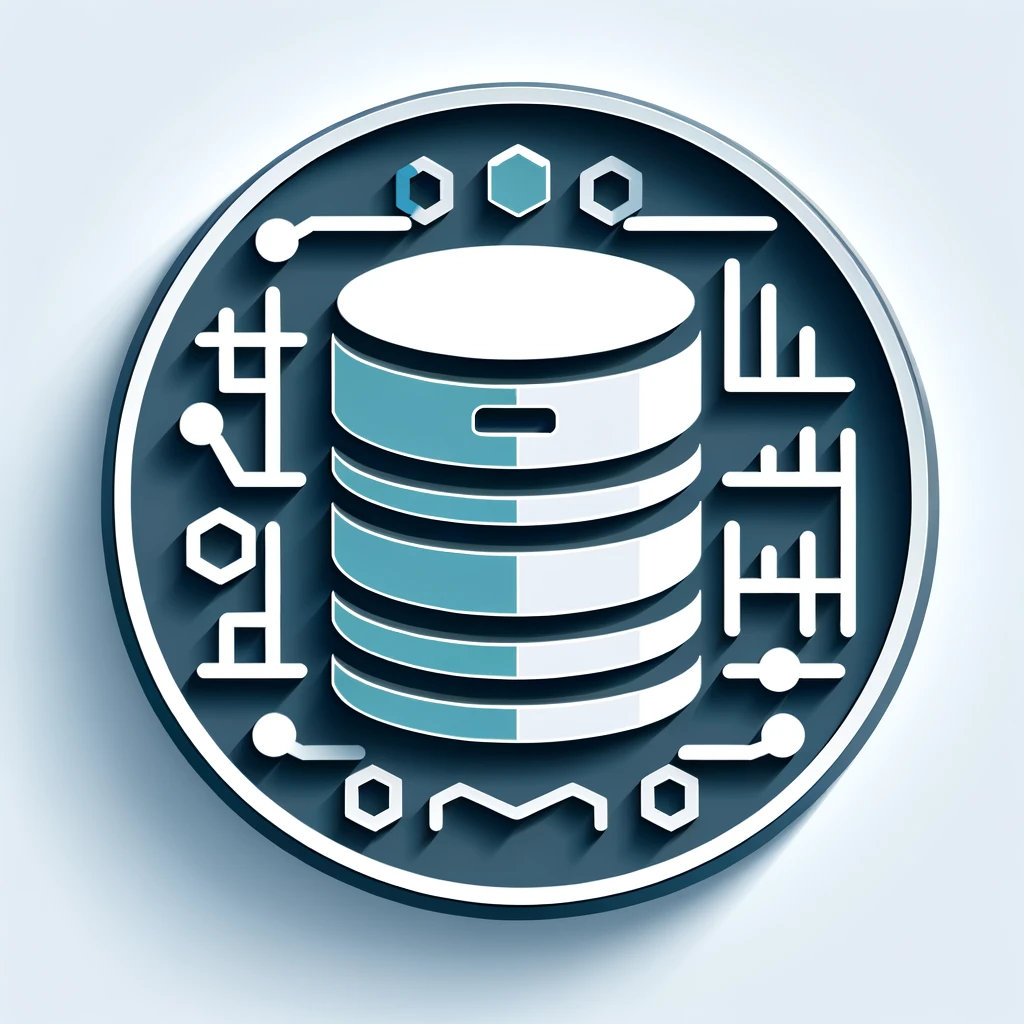
In the fast-paced world of data analytics, the ability to process and analyze data in real-time is paramount for making informed business decisions. Online Analytical Processing (OLAP) databases play a crucial role in enabling organizations to query and analyze large volumes of data with speed and efficiency. In this article, we’ll explore three popular real-time OLAP databases—ClickHouse, Apache Druid, and Pinot—and delve into their features, use cases, and considerations to help you choose the right solution for your business.
ClickHouse: The Swiss Army Knife of Real-Time Analytics
Key Features:
1. Blazing Fast Performance: ClickHouse is renowned for its exceptional performance, capable of processing billions of rows per second and executing complex analytical queries in milliseconds.
2. Versatile Querying: With support for SQL-like query language and a wide range of functions and data types, ClickHouse offers flexibility in querying and analyzing structured and semi-structured data.
3. Scalability: ClickHouse scales horizontally with ease, allowing organizations to handle growing data volumes by adding more nodes to the cluster.
Use Cases:
– Real-Time Analytics: ClickHouse excels in scenarios requiring real-time analytics, such as ad tech, IoT telemetry analysis, and log analytics.
– Time-Series Data: It is well-suited for analyzing time-series data, including monitoring, metrics, and event tracking.
– Data Warehousing: ClickHouse serves as a powerful data warehousing solution for storing and analyzing large datasets.
Considerations:
– Resource Intensive: ClickHouse may require substantial hardware resources, especially for memory and storage, to achieve optimal performance.
– Learning Curve: While ClickHouse offers extensive documentation and community support, mastering its advanced features may require time and effort.
Apache Druid: The Scalable, Real-Time Analytics Platform
Key Features:
1. Real-Time Ingestion: Apache Druid supports real-time data ingestion, enabling organizations to analyze streaming data with low latency.
2.Scalability: Druid’s distributed architecture allows for horizontal scalability, making it suitable for handling large-scale data analytics workloads.
3. Aggregation and Querying:** With its column-oriented storage and indexing capabilities, Druid excels in aggregating and querying large volumes of data with sub-second response times.
Use Cases:
– Interactive Analytics: Druid is ideal for interactive analytics use cases, such as dashboards, ad hoc querying, and exploratory analysis.
– Event Analytics: It is well-suited for analyzing event data, including user interactions, clickstreams, and customer behavior.
– IoT and Sensor Data:** Druid can handle high-volume, time-series data generated by IoT devices and sensors, enabling real-time monitoring and analysis.
Considerations:
– Complex Setup: Setting up and configuring Apache Druid may require expertise in distributed systems and infrastructure management.
– Operational Overhead:** Maintaining a Druid cluster involves tasks such as data ingestion, indexing, and query optimization, which may require dedicated resources.
Pinot: The Real-Time OLAP Engine
Key Features:
1. Low Latency: Pinot is designed for low-latency analytics, supporting real-time ingestion and query processing with millisecond response times.
2. Scalability: With its distributed architecture and horizontal scalability, Pinot can handle large-scale data volumes and concurrent queries.
3. Streaming Support: Pinot offers native support for streaming data ingestion from various sources, including Apache Kafka and Apache Pulsar.
Use Cases:
– Ad Tech and Marketing Analytics: Pinot is well-suited for ad tech platforms, marketing analytics, and real-time personalization.
– Fraud Detection: It can be used for real-time fraud detection and anomaly detection, analyzing patterns and trends in streaming data.
– Recommendation Systems: Pinot powers recommendation engines by analyzing user behavior, preferences, and interactions in real time.
Considerations:
– Ecosystem Integration: Pinot’s ecosystem integration and community support may be less mature compared to other OLAP databases.
– Learning Curve: While Pinot offers extensive documentation and resources, adopting and mastering its technology stack may require investment in training and development.
Conclusion
Choosing the right real-time OLAP database depends on factors such as performance requirements, scalability needs, use case suitability, and organizational capabilities. ClickHouse, Apache Druid, and Pinot each offer unique features and capabilities tailored to different scenarios and workloads. By evaluating these databases based on their features, use cases, and considerations, organizations can select the best-fit solution to power their real-time analytics initiatives and drive data-driven decision-making in today’s fast-paced business environment.
